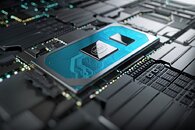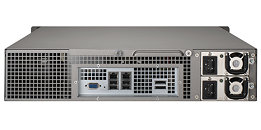Oracle Cloud Adds AmpereOne Processor and Broad Set of New Services on Ampere
Oracle has announced their next generation Ampere A2 Compute Instances based on the latest AmpereOne processor, with availability starting later this year. According to Oracle, the new instances will deliver up to 44% more price-performance compared to x86 offerings and are ideal for AI inference, databases, web services, media transcoding workloads and run-time language support, such as GO and Java.
In related news, several new customers including industry leading real-time video service companies 8x8 and Phenix, along with AI startups like Wallaroo, said they are migrating to Oracle Cloud Infrastructure (OCI) and Ampere as more and more companies seek to maximize price, performance and energy efficiency.
In related news, several new customers including industry leading real-time video service companies 8x8 and Phenix, along with AI startups like Wallaroo, said they are migrating to Oracle Cloud Infrastructure (OCI) and Ampere as more and more companies seek to maximize price, performance and energy efficiency.



























